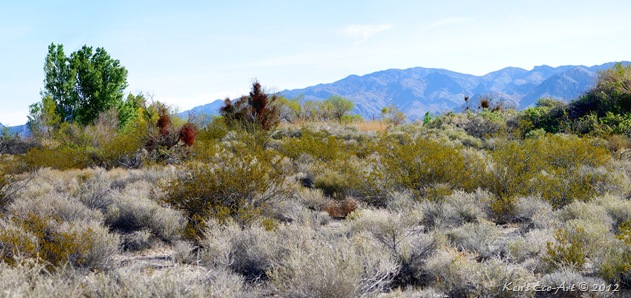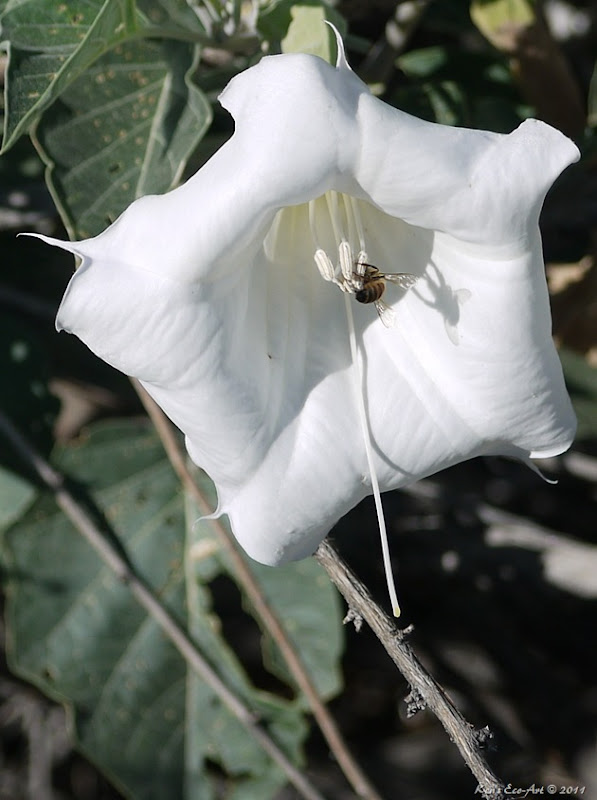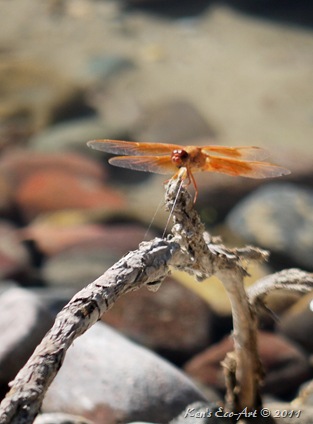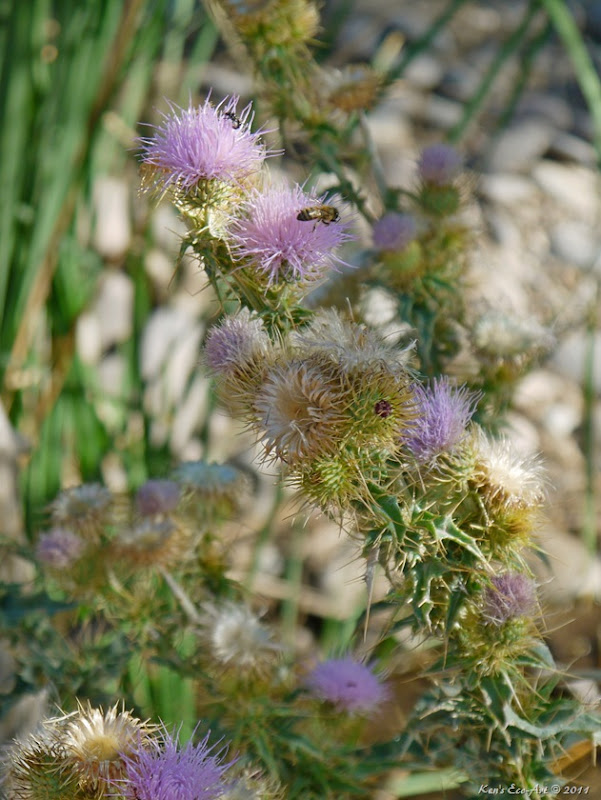{Click on any image to view full size, then use the back button on your browser to return to this page}
 |
| Destination: Corn Creek Field Station on The Desert Wildlife Range Distance from Point of Origin: 35 Miles. Estimated (One Way) Travel Time: 45 minutes. Directions: From the Stratosphere Casino head northeast on Las Vegas Blvd about 3 miles and turn left onto US-93/95, keeping on the left for 95 North towards Reno. Following US-95 North towards the Mt. Charleston area, drive 27 miles, past the turn to Mt. Charleston (Kyle Canyon Rd.), and continue on the freeway until you come to the small brown CORN CREEK sign and a row of mailboxes on the right (East side). Turn here and head east. Once you've turned off the freeway, you'll go 4 miles on a gravel road. The Corn Creek field station will be on your left. General Description: Corn Creek, is the main entrance/access to The Desert Wildlife Range, an area of more than 1.5 million acres. It is a refreshing, green desert oasis located on the edge of a broad, flat valley at the foot of the Sheep Mountains. Several springs in the area provide water for Honey Mesquite, Cottonwood Trees, and wetland plant species. Fossil records show that mammoths, giant ground sloths, camels, lions, ancient horses, and bison once lived in the area. Ancient peoples lived and hunted at the springs as many as 10,000 years ago. The area was inhabited in the 1700's by Paiute Indians, by Mormon settlers in 1850's, pioneers and ranchers in 1900's (wagon/stage stop), and purchased by the Gov't in 1936. There are some really nice meandering trails which take you over and along the creek, several ponds, by some historic ranch buildings, and under shady trees. The trails around the Corn Creek field station are well maintained and quite easy.. Special Attraction or Points of Interest: Corn Creek is a bird magnet - more than 240 species have been recorded here. Everything eventually shows up here. During spring and summer, watch for Phainopepla, desert warblers, desert sparrows, thrashers, and hummingbirds; and during fall, watch for migrants and eastern warblers. This site is also good for falcons, accipiters, flycatchers, orioles, tanagers, grosbeaks, and buntings. Winter generally is quiet, but there is always something flitting about. To bird the area, walk the 0.75-mile loop trail that generally follows the perimeter of the area. This trail starts at the parking area, heads west along the south edge of the three ponds, then circles around the west end of the boneyard (the maintenance storage area), and comes back on the north side of the boneyard and ponds, passing the Pahrump Poolfish habitat on the way. Primary Activity: Hiking/Birding. Secondary Activities: Photographing. Elevation: 2,934 feet at the parking area. Best Time To Visit: Available for visitation and hiking year round, the best time to visit and see the most birds would be in the Spring and Fall. Though the Wildlife Range is always open, Corn Creek Station is only open sunrise to sunset. Difficulty: This 1-mile loop trail is easy hiking. Corn Springs contains hiking trails, wildllife viewing sites, archaeological sites, and wilderness areas. Facilities: Restroom facilities are available at the trailhead. Estimated Round-trip Time: Minimum of 2-1/2 hours depending upon how much hiking and picture taking you want to do. | |
|
04/19/2012 Trip Notes: With only five months left till completion, it appears that there is still a lot work to be accomplished here. I still didn't like the look of the "new" pond and am still hoping they do some additional landscaping to make it look more natural. Though they still have to finish clearing a lot of dead brush, the lengthening of the main trail and the addition of a couple of new ones seemed to be a nice improvement.
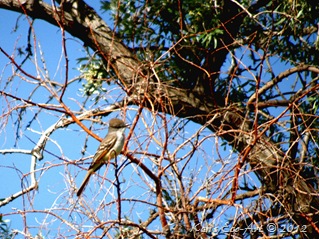 | 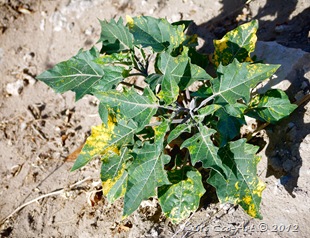 |
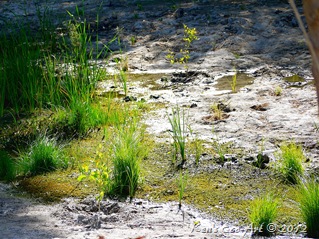 | 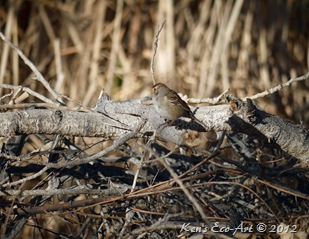 |
| Just as “Buster” and I entered this portion of the trail, off in the distance what appeared to be a large Blue Heron flew across the sky in front of us. He was long gone by the time I readied my camera for a shot. These shots are looking west with the Mt. Charleston ski resort in the distance. |
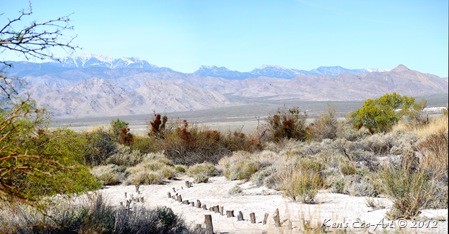 | 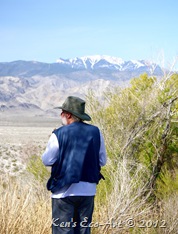 |
 |
09/01/2011 Trip Notes: I visited Corn Creek for the third time this year on another daytrip with the rock hounds from the Heritage Park Senior Facility. At the time of our visit, they were about four months into a 15 month construction project, the first major improvement there in decades. The project includes construction of a 11,000 square-foot visitor center with exhibit space, as well as administrative offices and a new maintenance building. When completed in late 2012, the project will include enlarged parking areas for visitors and employees, new signing for trails and rehabilitation of disturbed landscaping. Funding for the $7 million project comes from the Southern Nevada Public Lands Management Act. Though far from completion, I must admit, that I didn't like the "new" pond. I certainly hope they do some additional landscaping to make it look more natural. The good news was that I did get a few more pictures to add to this post and to the slideshow at the bottom.
| ||
| ||
|
02/03/2011 Trip Notes: I first visited Corn Creek on 02/03/2011 on a daytrip with the rock hounds from the Heritage Park Senior Facility. Because it was only February, it was very cold and there were only a few scattered birds around the property. There was actually "ice" in a few places along the creek areas. They were getting ready to divert the creek so they could begin work on dredging the main pond area.
 |
Corn Creek info Kiosk and restroom facility located next to the parking area.
|
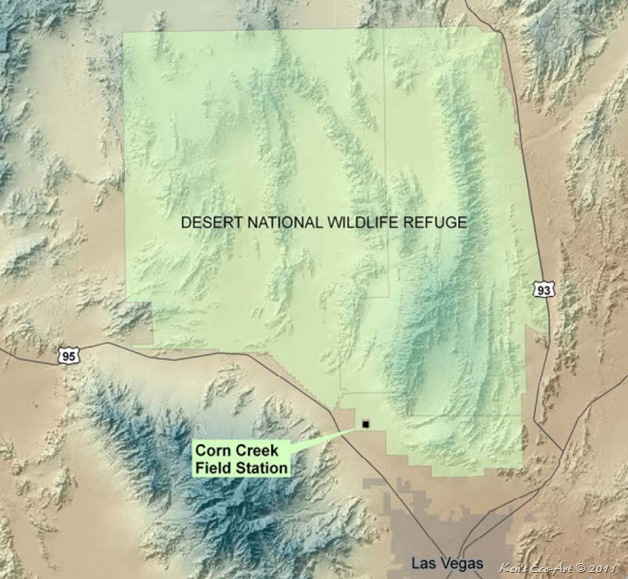 |
| Map showing the size of the Corn Creek area relative to the size of the Desert National Wildlife Refuge. |
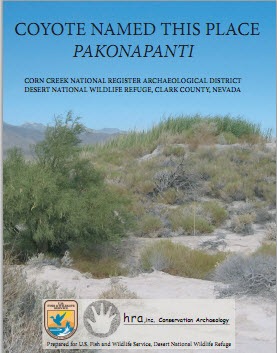 | If you are interested in more information about this area, a report outlining the history of Corn Creek as well as the results of the archaeological survey and limited excavations conducted within the Corn Creek National Register Archaeological District can be found at Corn Creek History. This important work was conducted for the U.S. Fish and Wildlife Service by HRA, Inc. in 2002. This is a condensed version of two separate technical documents as well as other pertinent research prepared by HRA, Inc. on behalf of the U.S. Fish and Wildlife Service for the scientific community and interested general public. To facilitate easier viewing and downloading, the report has been divided in reasonably small files. You will need Adobe Acrobat version 4.0 or later to view the files. |
The slideshow below is designed to run automatically in place. Clicking anywhere in the black background area that surrounds the picture being shown will PAUSE the show and bring up the Pause, Forward and Back menu at the bottom of the slideshow window, allowing you to start, stop or manually forward pictures one at a time.
To view the slideshow full-screen, click in the middle of the running show. When the new browser window appears, click on the left side of the menu where it says "slideshow".

